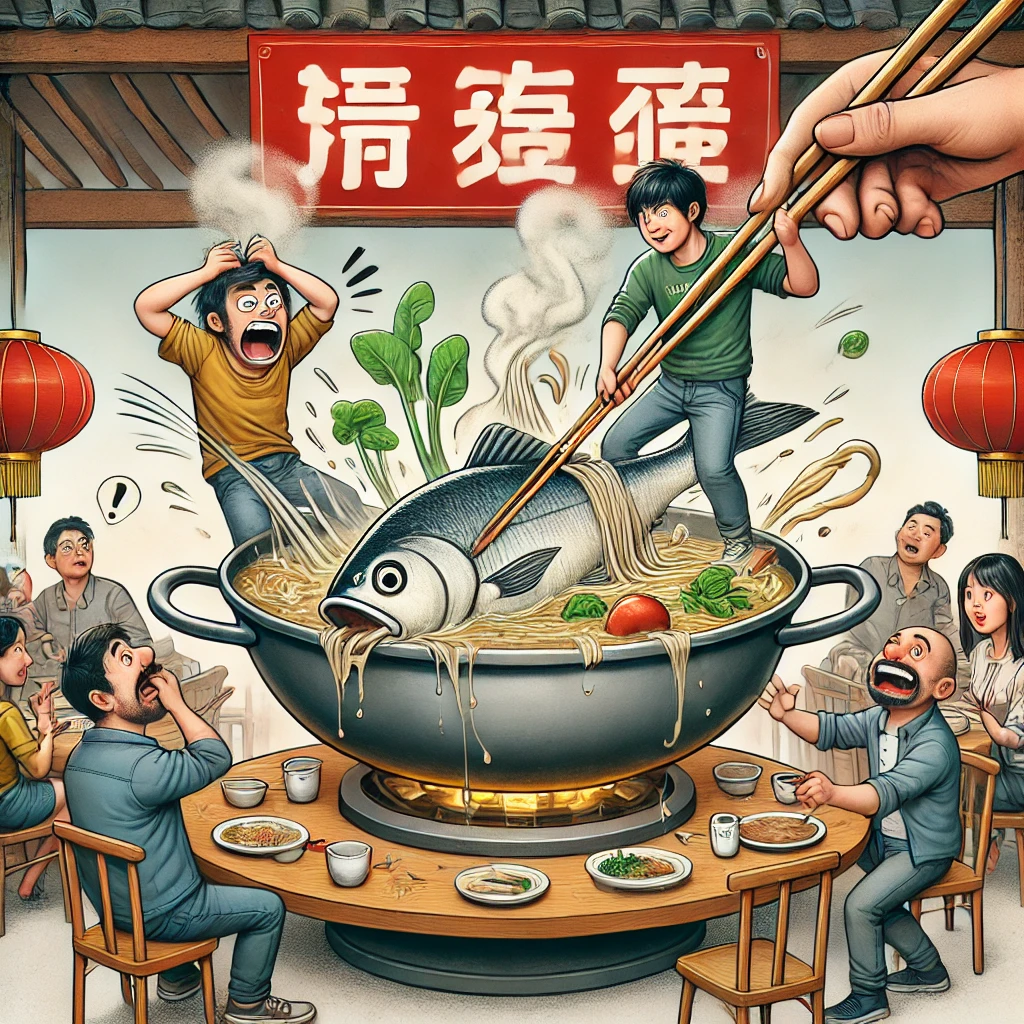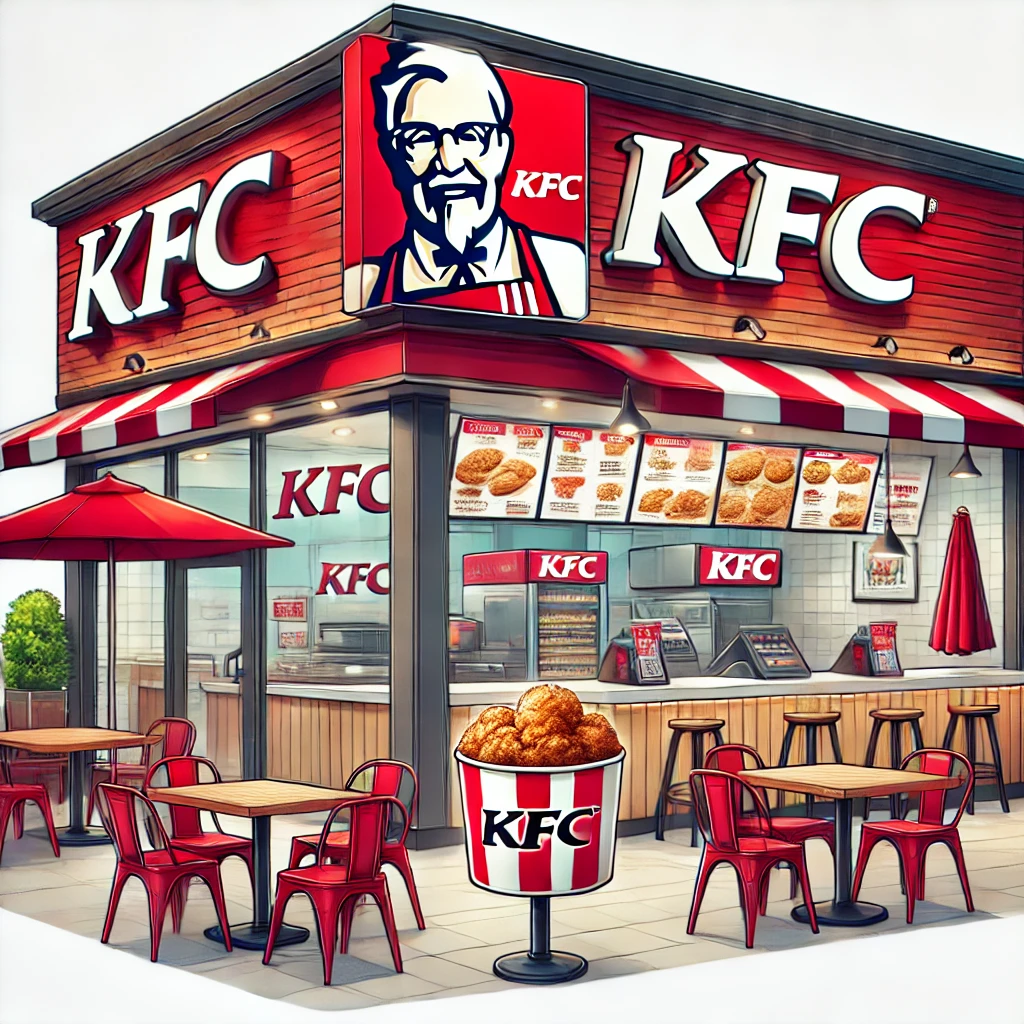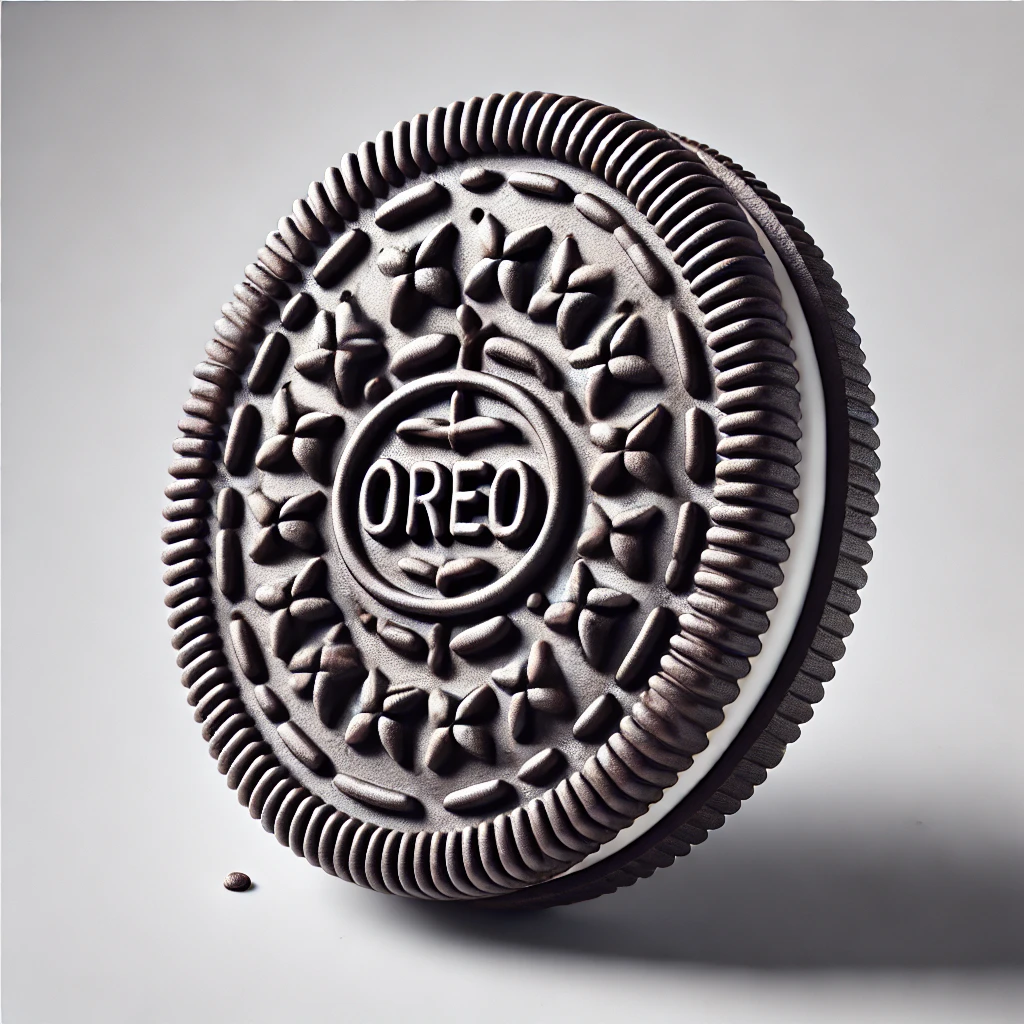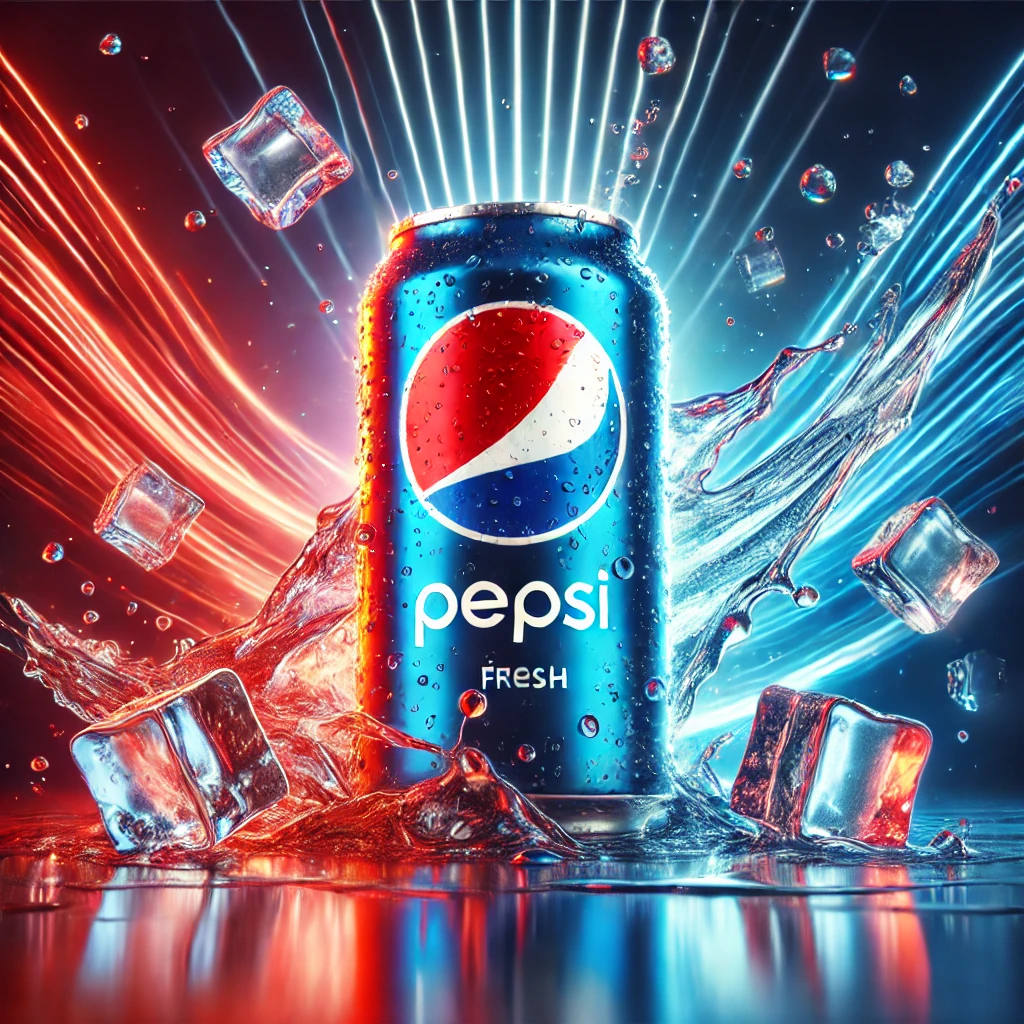Humor and tone play a crucial role in advertising, shaping consumer perception and brand identity. However, translating humor from English to Chinese presents unique challenges due to linguistic, cultural, and social differences. How do brands successfully adapt humor while maintaining effectiveness?
The Challenge of Humor Translation
Translating humor isn’t just about converting words—it requires cultural adaptation. English humor often relies on wordplay, irony, or sarcasm, while Chinese humor favors puns, homophones, and exaggerated expressions. Brands must navigate these differences to ensure their message resonates with Chinese audiences.
Successful advertising translation involves more than linguistic accuracy—it requires emotional and cultural connection. This article explores the nuances of translating tone and humor in English advertisements into Chinese, highlighting effective strategies, case studies, and key considerations.
Understanding the Role of Humor in Advertising

Humor in advertising serves multiple functions: it captures attention, enhances brand recall, and fosters emotional engagement. In English-speaking markets, humor often relies on wit, irony, or cultural references. However, these elements do not always translate well into Chinese.
According to a 2021 study by the China Advertising Association, ads using humor saw a 25% increase in engagement compared to neutral-toned ads. However, 40% of failed international ad campaigns in China were due to humor that didn’t resonate with local audiences.
Key Differences Between English and Chinese Humor:
Wordplay vs. Homophones – English puns often rely on phonetic similarities, whereas Chinese humor frequently uses homophones due to the tonal nature of the language.
Sarcasm vs. Exaggeration – Western humor often embraces sarcasm, but Chinese culture tends to avoid direct criticism, favoring exaggerated or self-deprecating humor instead.
Cultural References – References to Western pop culture, politics, or historical figures may not translate effectively for a Chinese audience unfamiliar with them.

Strategies for Adapting Humor in Chinese Markets
1. Localizing Wordplay and Puns
English advertising often uses puns and double meanings, but direct translation rarely works in Chinese. Instead, brands should leverage the rich variety of homophones and idioms in Mandarin.
Example:

KFC’s slogan “Finger-Lickin’ Good” was initially translated as “吃手指好吃” (Eat Your Fingers, Tasty)—a literal but ineffective translation. The revised version “吮指回味” (Savor the Taste on Your Fingers) aligns better with Chinese linguistic preferences.
2. Adapting Cultural Context
Humor that references Western traditions may not be effective in China. Brands should incorporate culturally relevant themes, such as traditional festivals, local celebrities, or Chinese proverbs.
Example:
McDonald’s launched a campaign for Chinese New Year, using wordplay on the phrase ‘年年有余’ (Abundance Every Year) by replacing ‘余’ (abundance) with ‘鱼’ (fish), which is a staple food during the holiday.

3. Avoiding Direct Sarcasm
Chinese humor leans toward positivity and indirect humor rather than sarcasm, which can come across as impolite or offensive.
Example:
- Apple’s “Think Different” campaign, which used rebellious imagery, was adapted in China to highlight personal growth and harmony, aligning with Confucian values rather than individualism.
4. Using Visual and Situational Humor
Since verbal humor may not always translate well, brands often use visual humor to engage audiences without relying on wordplay.
Example:
- Coca-Cola’s “Share a Coke” campaign replaced names with friendly nicknames, which was easily adapted to Chinese culture by using familial terms like ‘哥’ (brother) and ‘姐’ (sister).
5. Leveraging Social Media and Memes
Chinese consumers frequently engage with humor through platforms like WeChat, Weibo, and Douyin (TikTok China). Brands should adapt humor to digital culture trends, such as internet slang and viral memes.
Example:

Oreo used the popular internet phrase “咬一口,回到童年” (Take a Bite, Go Back to Childhood), tapping into nostalgic humor that resonated with Chinese millennials.
Case Studies: Success and Failure in Advertising Translation
Success: Nike’s Motivational Humor

Nike successfully adapted its humorous “Just Do It” campaigns in China by emphasizing perseverance rather than sarcasm. Its “打破次元壁” (Break Through the Dimension Wall) campaign used humorous animated storytelling while promoting hard work and determination.
Failure: Pepsi’s Unintended Message☹️

Pepsi’s “Come Alive with the Pepsi Generation” was translated as “百事让祖先复活” (Pepsi Brings Your Ancestors Back to Life)—a shocking and culturally insensitive message in a society that deeply respects ancestors. The campaign failed due to a literal translation without cultural consideration.
DiDi’s Humorous Ads: Turning Commuter Frustrations into Laughter
DiDi’s humorous commercials effectively blend wit with everyday frustrations, making them highly relatable to Chinese consumers. One particularly memorable ad contrasts the chaotic experience of hailing a traditional taxi—competing with a crowd, dealing with rejection, and struggling with cash payments—with the seamless convenience of booking a DiDi ride. The exaggerated yet familiar scenarios resonate with viewers, turning common commuter struggles into comedic moments that reinforce the brand’s reliability. By using humor to emphasize its user-friendly app and stress-free service, DiDi not only entertains but also builds strong brand loyalty, ensuring that audiences remember its advantages when choosing their next ride.
Effective humor translation requires more than language proficiency—it demands a deep understanding of cultural nuances, audience preferences, and local trends. Brands that invest in localizing humor rather than directly translating jokes are more likely to succeed in engaging Chinese consumers.
Main Points:
- Understand cultural humor preferences—adapt sarcasm into exaggeration, use visual humor, and leverage familiar references.
- Use linguistic strategies—employ homophones, idioms, and positive expressions instead of direct English wordplay.
- Test campaigns locally—avoid misinterpretations by gathering feedback from native speakers before launching.
By embracing cultural insights and carefully adapting humor, brands can create advertisements that resonate deeply with Chinese audiences while maintaining their original charm and effectiveness.
If you’re looking to create impactful and culturally relevant advertisements like DiDi’s, we are ready to help you with professional language services. Whether it’s translation, localization, or copywriting, we ensure that your brand message resonates with your target audience effectively.
